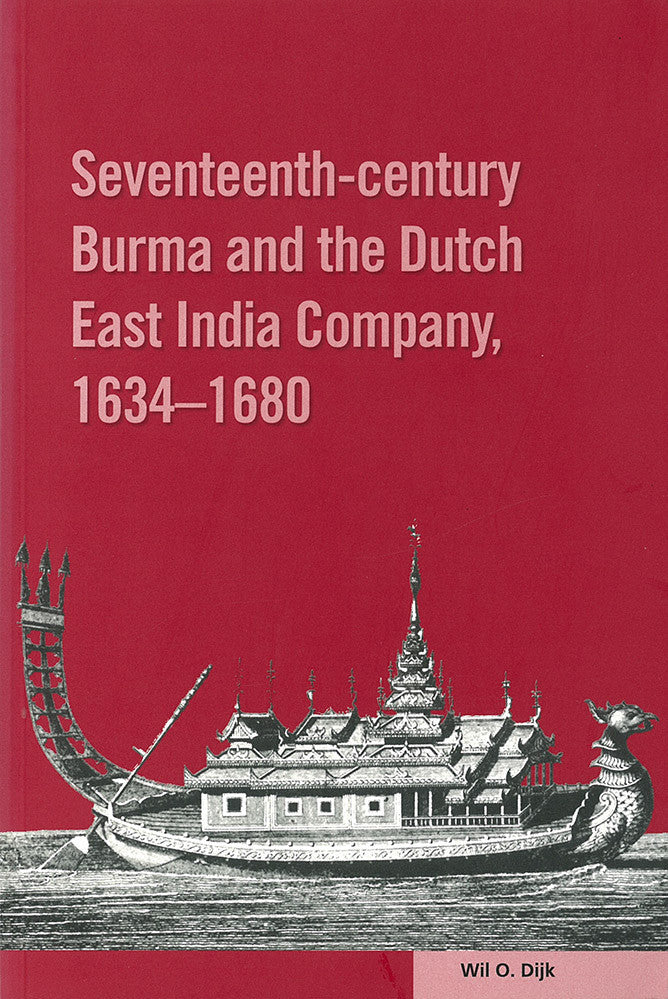Seventeenth-century Burma and the Dutch East India Company, 1634-1680
$42.00 SGD
Seventeenth-century Burma was rich in resources - gems, teak, cotton and slaves - and under the Toungoo Dynasty the country was experiencing a period of unaccustomed tranquility. Peace and security attracted a thriving trade with the outside world, and foreign government agents, merchants and traders flocked to the country s shores.
The Dutch East India Company (VOC) had one of the most active foreign operations in Burma during this period. The Company needed a vigorous trade within Asia to finance the trade in Asian goods sent to Europe, and Burma fit into a Dutch trade network that embraced India's Coromandel Coast, Ceylon, Java, Japan and Taiwan. In addition the company hoped to establish overland trade routes from Burma into China. The VOC's voluminous records discuss trade, but they also contain detailed information about the people and the countryside VOC officials encountered in Burma. Wil Dijk's account of this period opens a window into the past of one of the most fascinating countries on earth.
Wil O. Dijk was born in Kobe, Japan, in 1934, daughter of a Rangoon-based Dutch businessman and a Dutch-Burmese mother. She was attending a Dutch school in Sumatra when the Pacific war began, and spent the occupation years as an internee. She studied Japanology at Leiden University, and then undertook doctoral research on the Dutch presence in 17th-century Burma, a topic that brought her back to the place her family once called 'home', and honoured blood ties to her Burmese grandmother.
Publication Year: 2006
324 pages, 229mm x 152mm
ISBN: 978-9971-69-304-6, Paperback
NUS Press and NIAS Press

